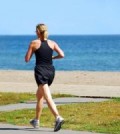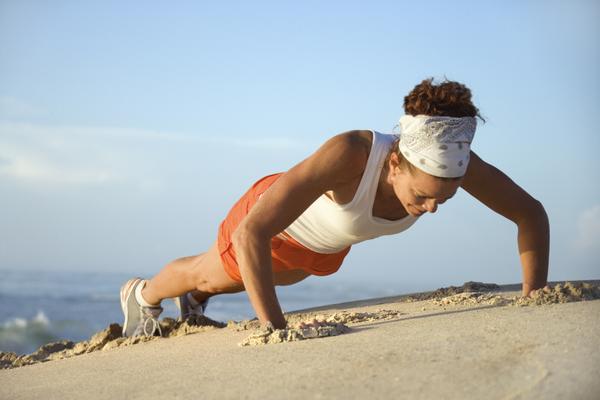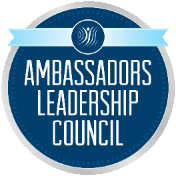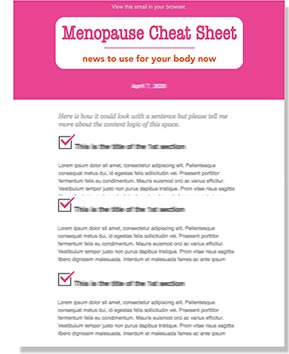
So . . . I turned to something that really works.
It’s called high-intensity interval training, and for the last few years, it’s been a big HIIT (: )).
Never heard of HIIT? Based on studies conducted by Martin Gibala, a kinesiology professor at McMaster University in Hamilton, Ontario, HIIT is showing the world that less is more when it comes to exercise. There couldn’t be better news for people with the desire but not the time to get in shape — or stay that way.
Can HIIT fit into the exercise regime of folks 50 and over, present company included?
For the answer to that question, I sought out Jordan Metzl, a sports-medicine physician and fitness instructor who practices at New York City’s Hospital for Special Surgery. Metzl is the author of a best-seller, The Exercise Cure, which explains how exercise can help — and possibly even cure — dozens of common health problems. “Move your body,” Metzl believes, is the best prescription he could write to guarantee the overall health and well-being of individuals of any age.

Barbara Hannah Grufferman: Is HIIT just the latest fitness fad?
Jordan Metzl, M.D.: I don’t think so. I think people are coming around to the realization that there’s a better, more efficient way to build strength and fitness — one that you can do anywhere and at any time.
BHG: What is HIIT, exactly?
JM: HIIT is simply doing a short burst of maximum intensity over a short period of time. It can be running, biking, swimming or plyometrics [a form of intense “jump training” focused on the lower body]. Technically speaking, HIIT refers to high-intensity, functional strength training. In practice, however, anything that ramps up your intensity level to a short, maximum burst, or interval, can be considered HIIT.
BHG: There’s a lot out now saying that HIIT improves fitness levels better than other forms of exercise. Is that accurate?
JM: In terms of cardiopulmonary fitness and strength acquisition, HIIT is the most time-effective way to build fitness.
BHG: Is it something you would recommend for people over 50?
JM: Absolutely! We lose strength as we age, and that process occurs more quickly the further we get from 18 years old. But HIIT gives us a great way to preserve strength — and even to build strength — as we age.
BHG: Are there people who should not do HIIT?
JM: If you’re over 60 or have had any cardiovascular problems, check with your doctor before starting a HIIT routine. I say that because HIIT puts more of a load on your heart and skeleton.
With HIIT having found its way into the hearts, minds and recommendations of top medical experts, might it be the perfect trend to try out in practice? No worries if you’re not sure where to begin; this video walks you through a simple HIIT workout in just a few minutes.
Follow Dr. Metzl on Twitter (@drjordanmetzl) for daily health tips. To help me run like the wind during the NYC Marathon, I’m reading his latest book, Dr. Jordan Metzl’s Running Strong.
Remember, we can’t control getting older, but we can control how we do it!































































